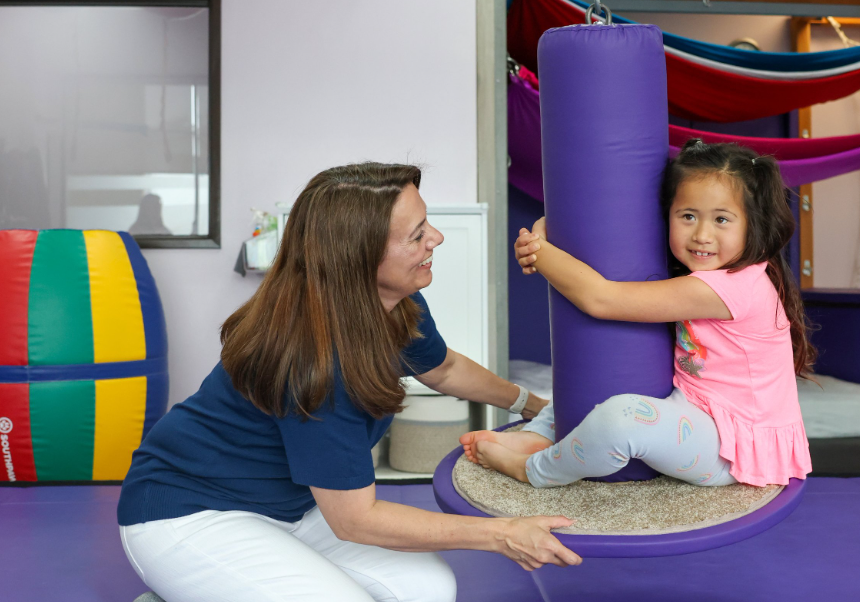Sensory Integration: The Key to Enhancing Learning and Development
In the realm of education and child development, the concept of sensory integration plays a pivotal role in shaping how individuals perceive, process, and respond to the world around them. Understanding the impact of sensory experiences on learning and development is essential for creating supportive environments that nurture holistic growth and success.
The Foundation of Sensory Integration
Sensory integration refers to the brain’s ability to organise, interpret, and respond to various sensory inputs from the environment. This includes sensations such as touch, taste, smell, sight, and sound. A well-developed system allows individuals to filter and prioritise sensory information effectively, facilitating adaptive responses and enhancing cognitive functioning.
Exploring Sensory Processing
Central to sensory integration is the concept of sensory processing, wherein the brain receives, analyses, and integrates sensory stimuli. This process enables individuals to make sense of their surroundings, regulate their emotions, and engage in meaningful interactions.
Challenges in sensory processing can hinder learning and development, impacting areas such as attention, behaviour, and social skills.
Supporting Learning Through Sensory Integration
Enhancing Attention and Focus
By providing sensory-rich experiences that cater to diverse sensory preferences, educators can help students stay engaged and attentive during lessons. For example, incorporating movement breaks, sensory fidgets, or calming sensory tools can support focus and concentration.
Promoting Emotional Regulation
A well-regulated sensory system is essential for managing emotions and stress. Sensory solutions, such as deep-pressure activities or sensory diet plans, can help individuals regulate their sensory experiences and emotional responses.
By creating sensory-friendly spaces that promote relaxation and emotional well-being, educators and caregivers can support emotional regulation in children and adults alike.
Fostering Social Interactions
Individuals with well-developed sensory processing abilities are better equipped to interpret social cues, engage in reciprocal interactions, and navigate social situations effectively. By incorporating social skills training within sensory-rich environments, individuals can develop essential social competencies and foster meaningful relationships.
Harnessing the Power of Sensory Integration for Growth
By creating sensory-aware learning environments, implementing sensory processing strategies, and promoting sensory-friendly practices, we can empower individuals to thrive academically, emotionally, and socially. Through a holistic approach that honours individual sensory needs and preferences, we can pave the way for enhanced learning outcomes and enriched developmental journeys.
Final Words
In conclusion, sensory integration stands as a cornerstone in the realm of learning and development. By acknowledging the significance of sensory experiences, supporting sensory processing needs, and implementing targeted strategies in educational settings, we can cultivate environments that foster growth, resilience, and learning success. Let us continue to champion the importance of sensory integration in creating inclusive, empowering spaces where every individual can flourish and reach their full potential.





